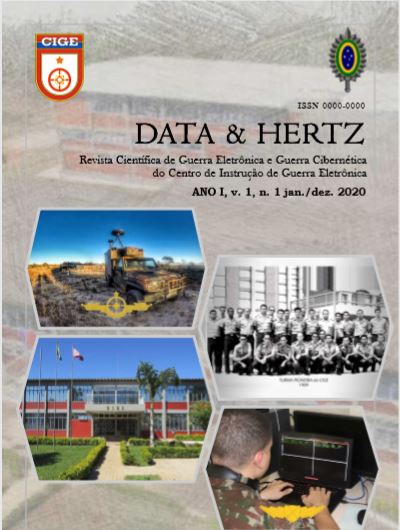Funcionalidade dos Software e Hardware livres na Localização De Sinais
estudo de caso, analisando o uso do SDR-RTL pelo método TDOA
Resumo
O Sistema SDR-RTL tem sido cada vez mais explorado no campo da localização de sinais. O sistema apresentou como desvantagem a necessidade de posicionamento do sinal pretendido. Em situações onde o emissor encontrava-se situado fora do triângulo formado pelos receptores, não foi possível obter sua localização precisa; na melhor hipótese, obtevese a direção do sinal, porém sem um ponto específico para sua posição. Apesar disso, apresentou relevantes vantagens que levaram à conclusão pela sua viabilidade de emprego. Além do baixo custo e fácil acesso, o processamento do sistema se dá no meio digital, não dependendo, assim, da precisão de componentes analógicos do rádio convencional. Foi verificado que o sistema pode ser instalado em ambientes internos sem perder sua eficácia, não sendo necessário locais como campo aberto ou terraços de prédios para seu bom funcionamento. Outra vantagem é a interface do sistema, que facilita tanto sua operação como manutenção, além do amplo número de entusiastas que compartilham informações e algorítimos em diversos sites pela internet. Neste trabalho, verificou-se que os testes realizados se mostraram eficientes e capazes de serem aplicados não apenas no meio civil, mas também pelas Forças Armadas, com a vantagem de custo reduzido e menor emprego de pessoal.
Downloads
Referências
ADAMY, David. EW101: a first course in electronic warfare. Norwood, MA: Artech House, 2001.
EXÉRCITO BRASILEIRO. Manual de Campanha: A GUERRA ELETRÔNICA NA FORÇA TERRESTRE. 2019.
MARTINS, Ramon Mayor. Rádio definido por software – SDR. IFSC – Santa Catarina, 2015. Disponível em:
2 jun 2018.
OLIVEIRA, Humberto José Corrêa de. Coletânea história da guerra eletrônica. V. 1. Brasília, DF: Ministério da Defesa – Centro Integrado da Guerra Eletrônica, 2002. RTL-SDR.COM. ABOUT RTL-SDR. Disponível em:
SCHOLL, Stefan. Introduction and Experiments on Transmitter Localization with TDOA. Software Defined Radio Academy, Friedrichshafen, Alemanha. Disponível em:
SRUTHI, M. B. et al. Low cost digital transceiver design for software defined radio using RTLSDR. IEEE Communications Magazine, [S. l.], 2013. Disponível em:
STEWART et al. Software Defined Radio Using MATLAB & Simulink and the RTLSDR, Glasgow, Scotland, UK. 2017.
STEWART, Robert W. et al. A Low-Cost Desktop Software Defined Radio Design Environment Using MATLAB, Simulink, and the RTL-SDR. IEEE Communications Magazine, [S. l.], 2015.
WIRELESS Innovation Forum. Introduction to SDR, [S.l.], [S.d.]. Disponível em



